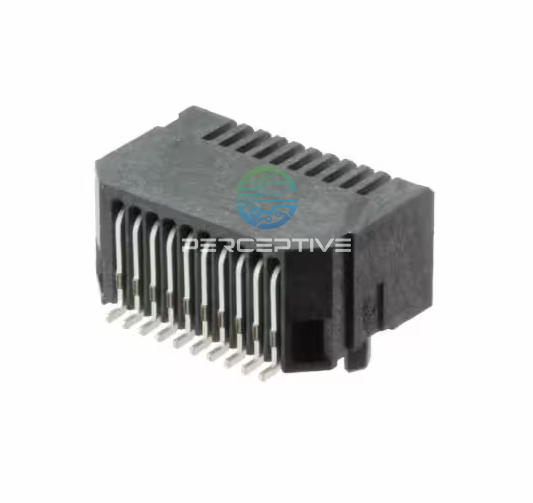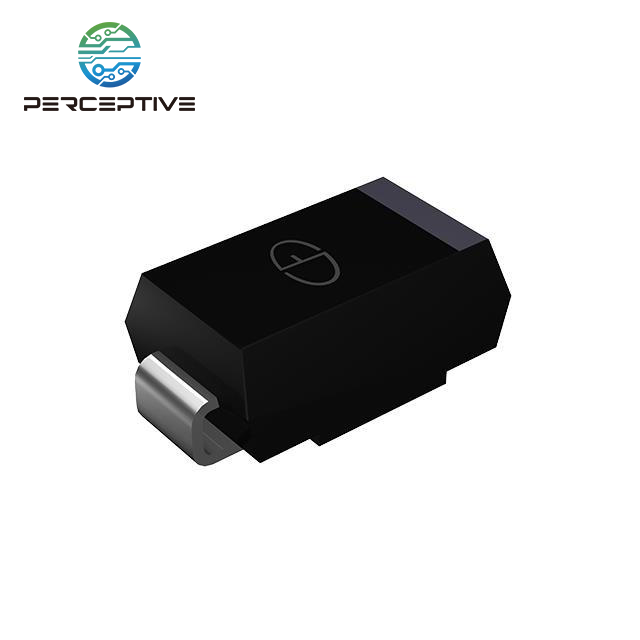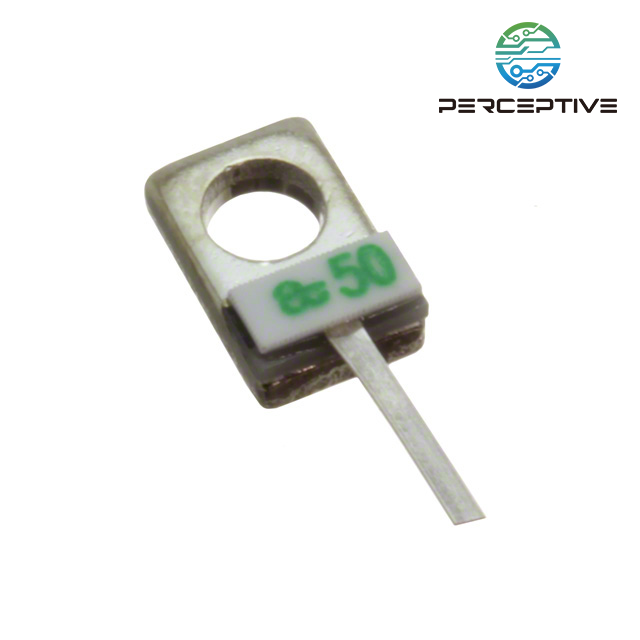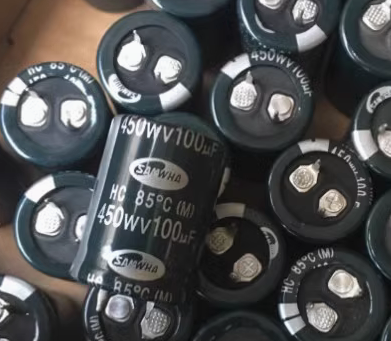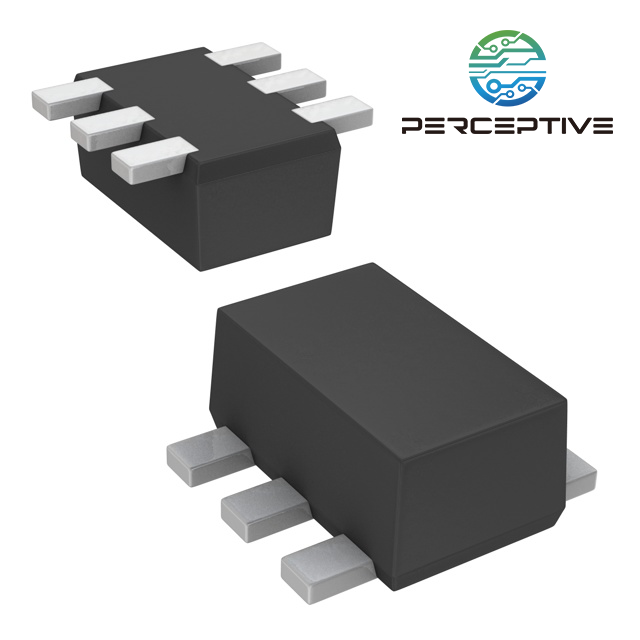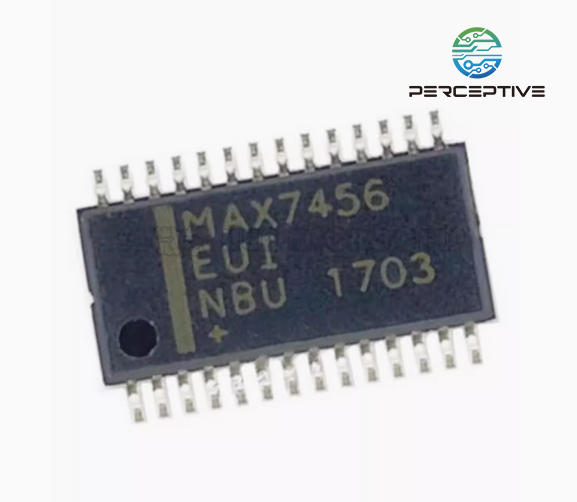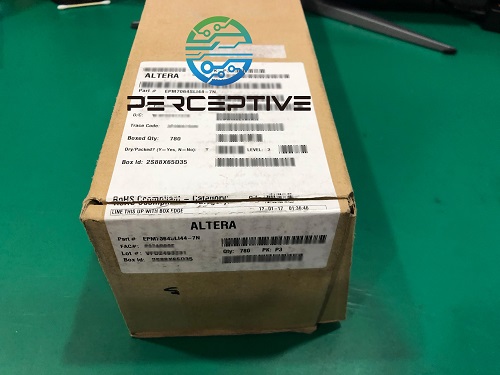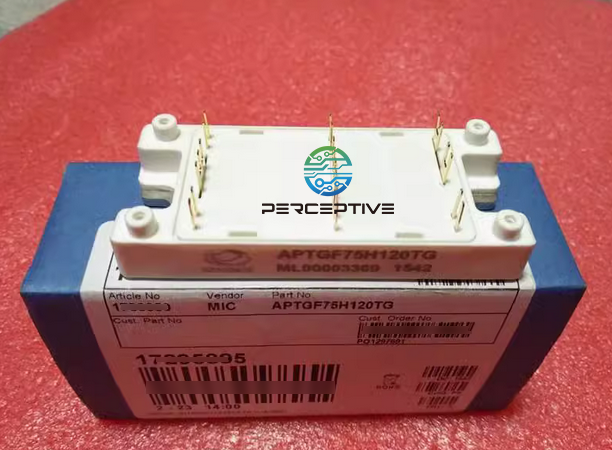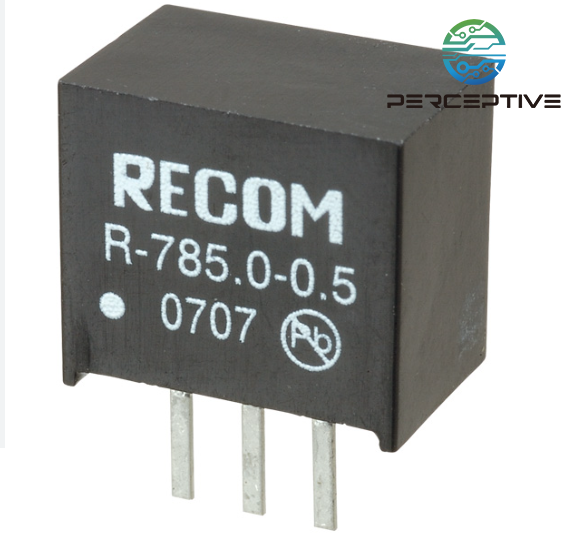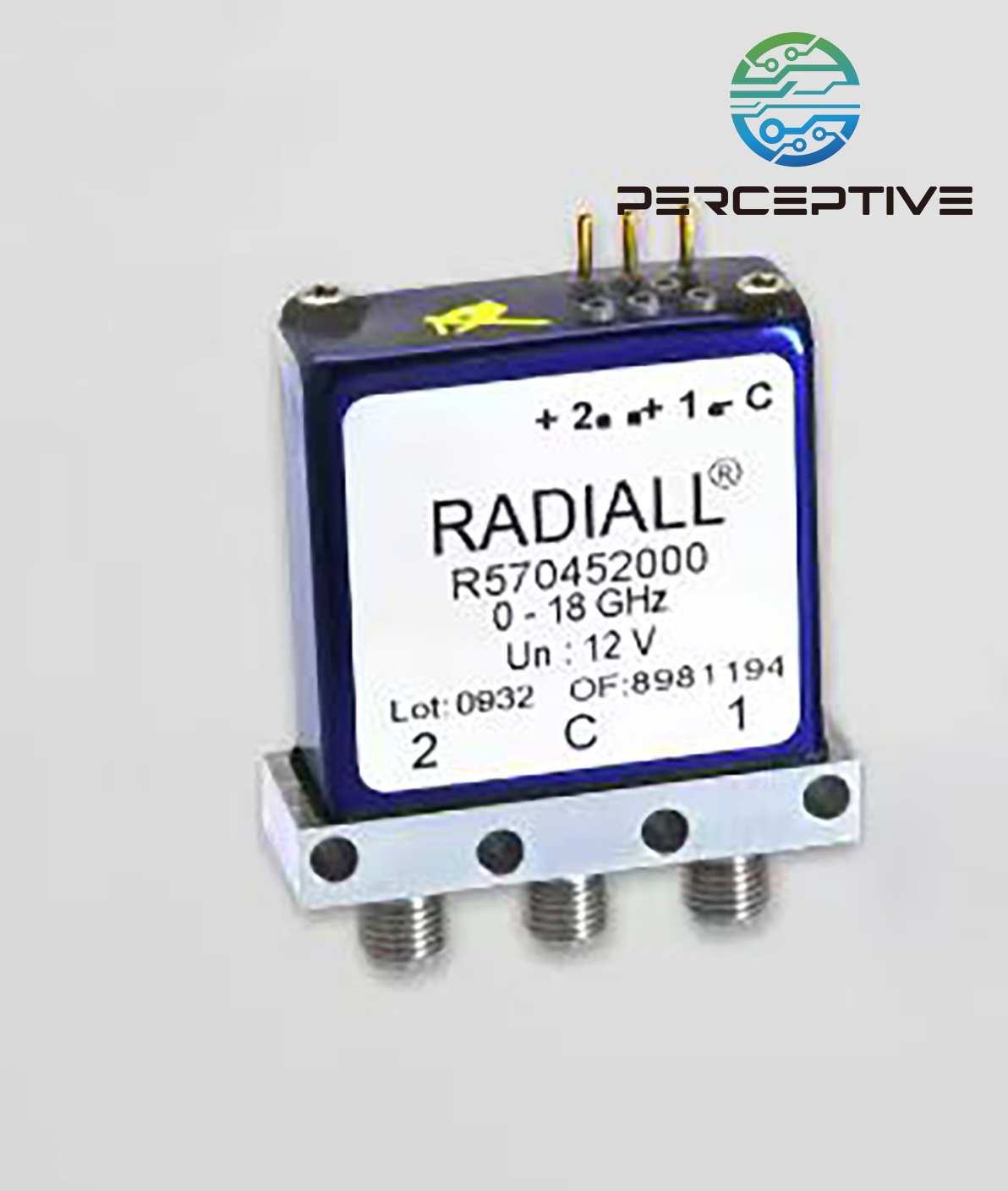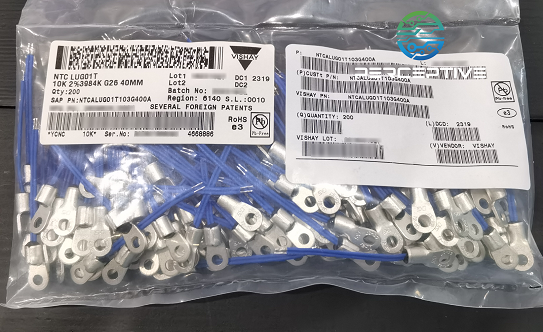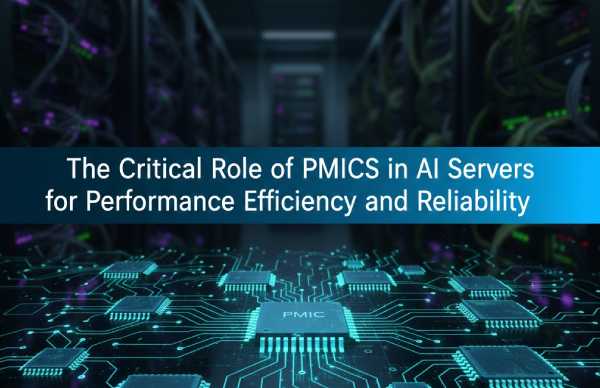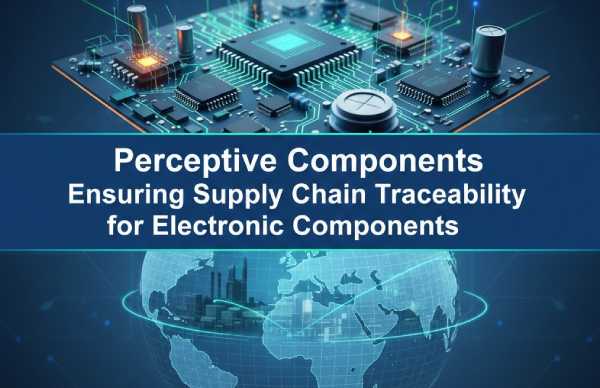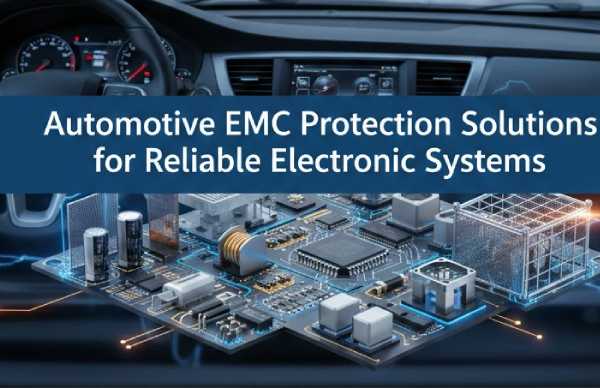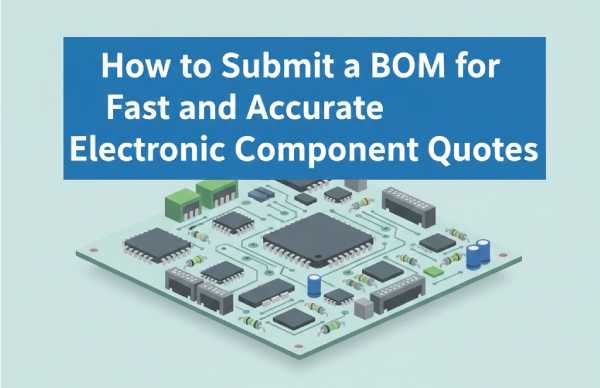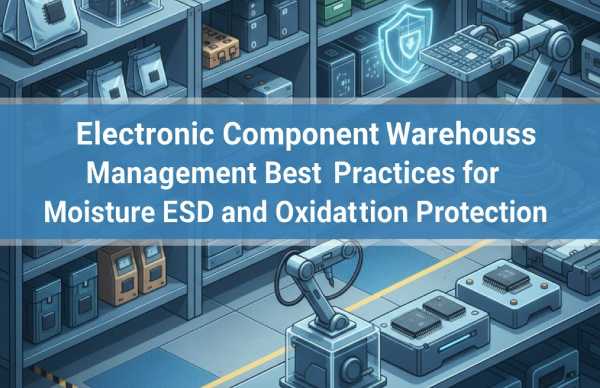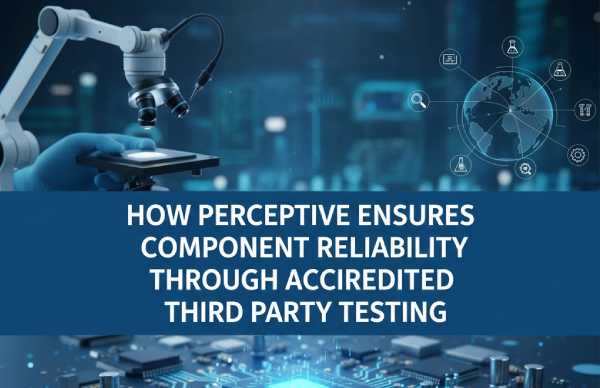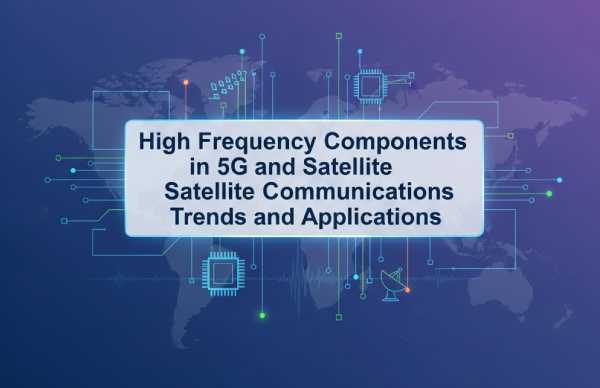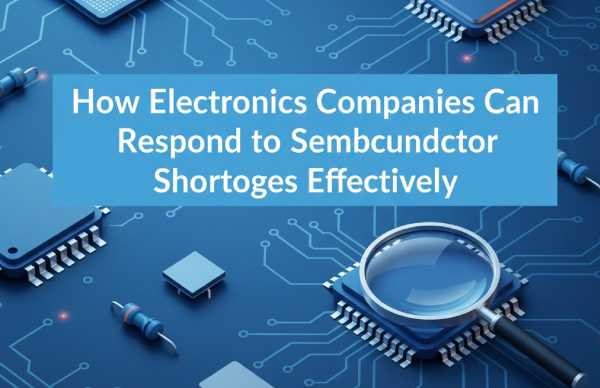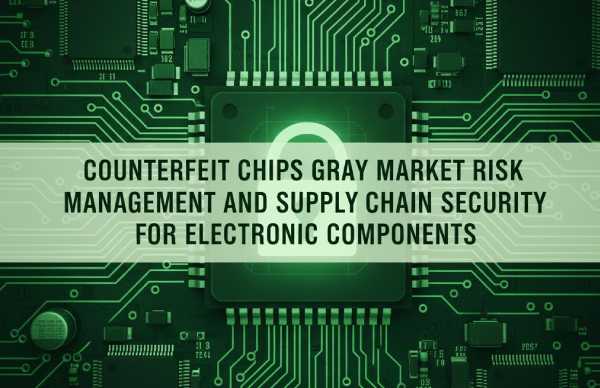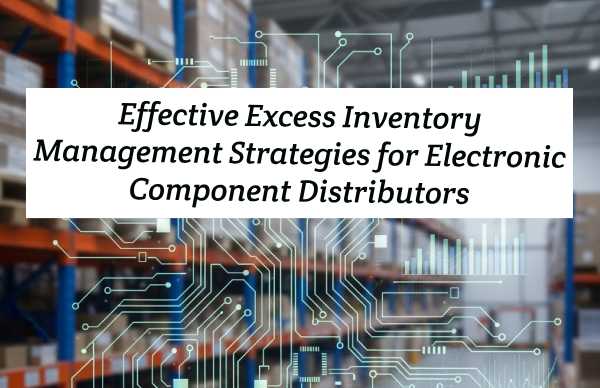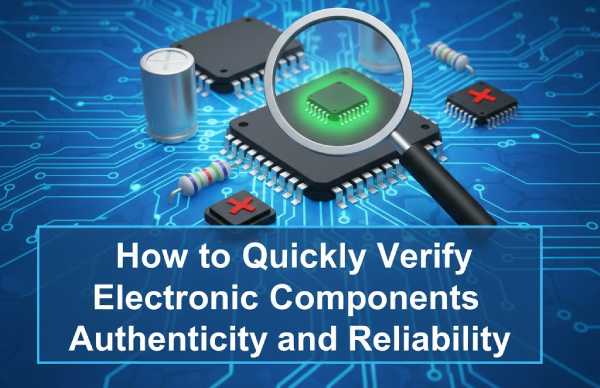In today's fast-moving electronics industry, end-of-life (EOL) and last-time-buy (LTB) notices have become common challenges for procurement professionals and supply chain managers. With rapid technological advancements and manufacturers prioritizing newer product lines, legacy components often face discontinuation. For buyers and engineers, ensuring continuity of production and avoiding costly redesigns requires careful planning and strategic sourcing of alternative solutions.
This article explores practical strategies to address EOL components and LTB components, helping you navigate disruptions and maintain a resilient supply chain.
Understanding EOL and LTB Notices
When an original component manufacturer (OCM) issues an EOL notice, it signals that production of the part will permanently cease after a specific date. An LTB notice typically accompanies this, offering customers a final opportunity to place orders before the manufacturing line shuts down. While such announcements are part of normal product life cycles, they can create significant risks for businesses relying on these components for ongoing or long-term projects.
Challenges for Buyers
EOL and LTB components pose several challenges:
Production continuity risks: Lack of critical components can halt manufacturing.
Escalating costs: Scarcity often drives up prices as stock diminishes.
Compatibility concerns: Alternative components might require board redesigns or new validation cycles.
Addressing these issues effectively requires a proactive and structured approach.
Practical Solutions for EOL/LTB Management
1. Early Detection and Monitoring
Setting up processes to monitor OCM notices, industry news, and authorized distributor updates helps buyers identify EOL/LTB announcements as early as possible. Early awareness provides valuable lead time to evaluate alternatives or secure sufficient stock.
2. Secure Last-Time Buys
Once an LTB is announced, working with authorized distributors or franchised partners ensures that you acquire genuine, quality-assured parts. Planning and budgeting for these bulk purchases minimizes the risk of production disruption.
3. Evaluate Drop-in Replacements
Many OCMs or third-party sources provide form-fit-function (FFF) compatible alternatives that can replace the discontinued component without requiring design changes. Carefully review datasheets, conduct cross-referencing, and engage engineering teams to verify suitability.
4. Engage Independent Design Support
In some cases, direct drop-in replacements are unavailable. Here, working with component engineers or third-party design support services can help identify near-equivalents and assist with minimal redesigns or firmware updates to accommodate changes.
5. Explore Aftermarket and Licensed Sources
Companies such as Rochester Electronics and Lansdale Semiconductor specialize in continuing the production of discontinued semiconductors under license from the original manufacturer. These sources offer a reliable, traceable, and legal way to procure hard-to-find parts.
6. Strengthen Long-Term Supplier Relationships
Building strong relationships with authorized distributors like PERCEPTIVE Components ensures priority access to stock and insights into upcoming EOL schedules. Such partnerships can also provide guidance on managing inventory and negotiating long-term supply agreements.
The Role of Digital Tools
Modern supply chain platforms and part management software can help buyers automate monitoring of component life cycles, receive alerts about EOL/LTB parts, and streamline the search for suitable alternatives. Investing in such tools reduces manual tracking efforts and improves response time.
Conclusion
Navigating the challenges of EOL and LTB components requires more than just reactive purchasing—it demands strategic planning, technical evaluation, and trusted partnerships. By combining early detection, authorized sourcing, technical analysis, and long-term supplier collaboration, procurement professionals can minimize risks and secure the continuity of their projects.
In an era where innovation is accelerating component turnover, having a robust EOL management strategy is not just recommended—it is essential for sustainable, cost-effective operations.

